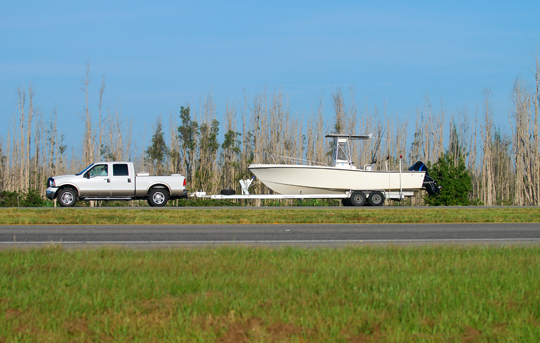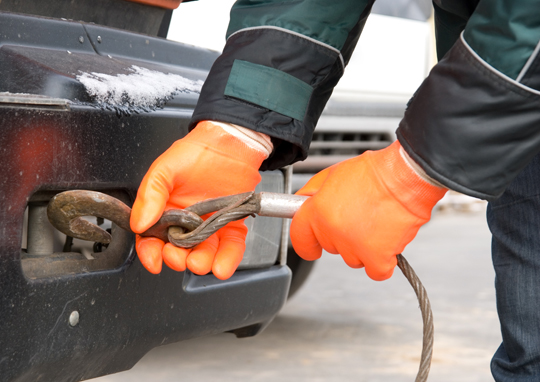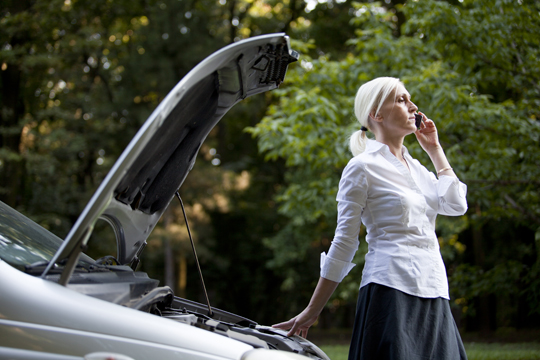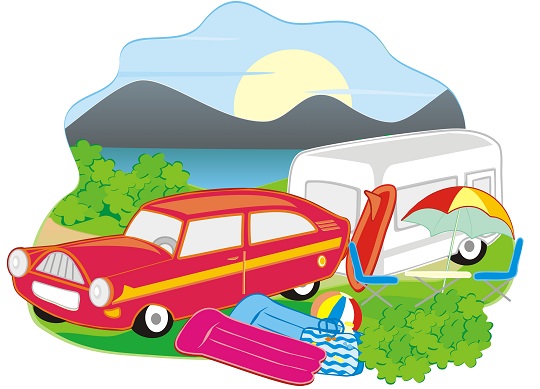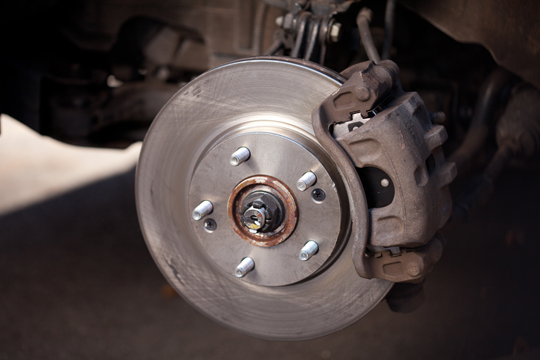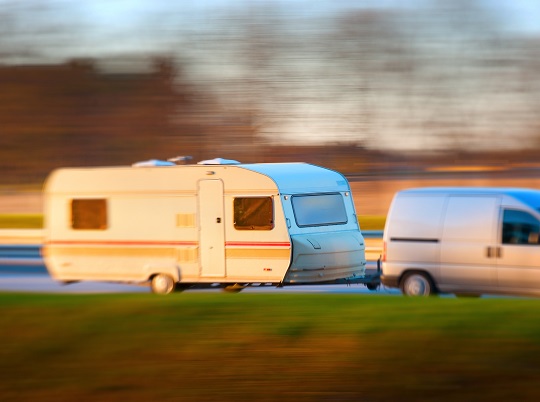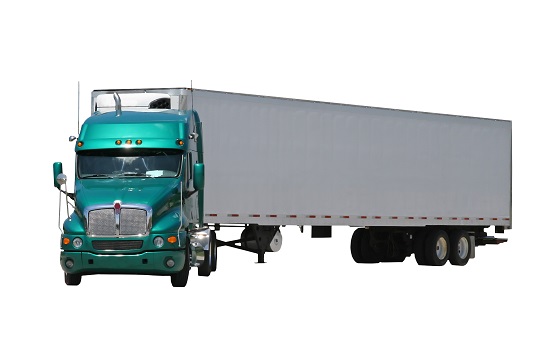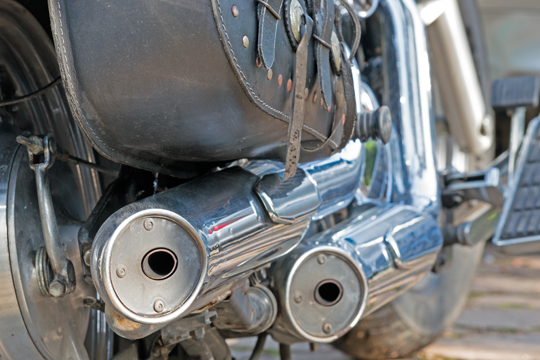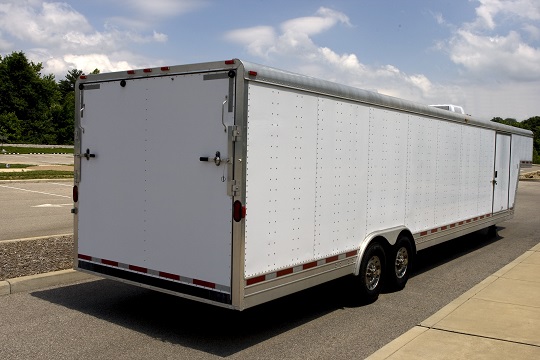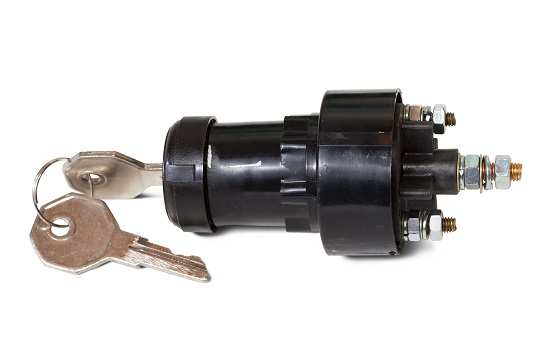With the seasons changing and sunnier weather coming for most of us, a lot of people are getting out their swim suits and fishing gear to soak up some sun on one of nature’s most versatile recreational options: the water.
Whether you live near an ocean, lake, pond, or a good drive from all of the above, everyone can enjoy the summer sun with a boat in tow. Knowing how to tow a boat with a car can increase your list of options for summer fun.
Some need-to-know-facts about how to tow a boat with a car:
Weight: Make sure your car is not too small or too light to handle the weight of the boat. Ideally, your vehicle will be heavier than the boat you’re towing. This means that pulling the boat won’t max out the car, turning will be smooth, and your car won’t be pushed around by the boat. If your car isn’t heavier than the boat, you should still be okay, as long as it isn’t a great deal lighter.
Torque: You want to make sure your vehicle can handle the boat despite the weight. Those trucks that boast their horsepower aren’t necessarily the top contenders for boat towing. Torque is what is important. Torque is the maximum of rational power an engine can exert. If your car has enough torque to exert the power necessary to pull the boat, you’re fine. Some smaller vehicles are more capable of that.
Attachment: You need to make sure the trailer you’re using for the boat is safely attached to whatever vehicle you’re using to tow it. No, tying the trailer to your bumper is not acceptable. Vehicles that are considered to be suitable for towing will usually have a hitch or some other form of attachment available.
Where Can I Find Towing Professionals?
For more information about whether your vehicle is acceptable, you may need to consult a professional. TalkLocal can connect you to professionals in your area instantly — and for free. That way, you can get yourself situated on the water in your boat with a glass of lemonade ready for a whole lot of relaxing.

